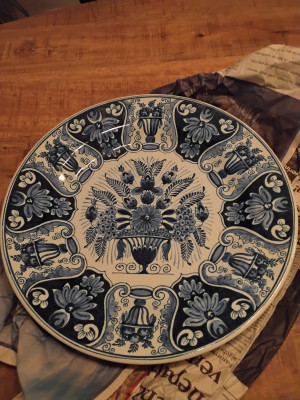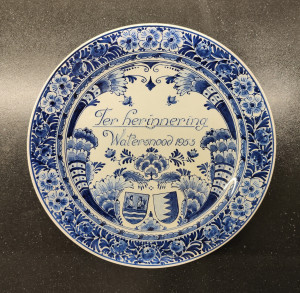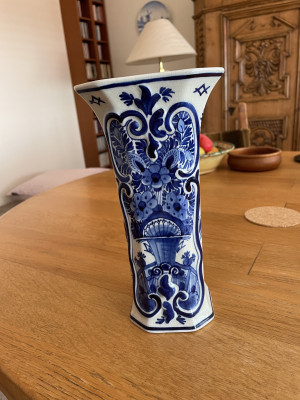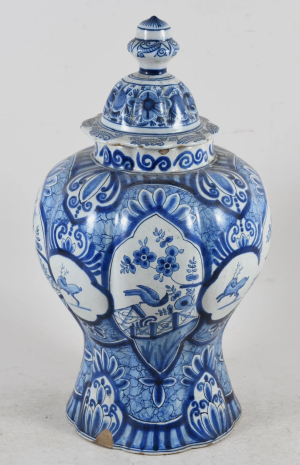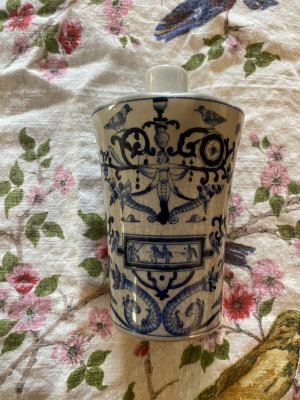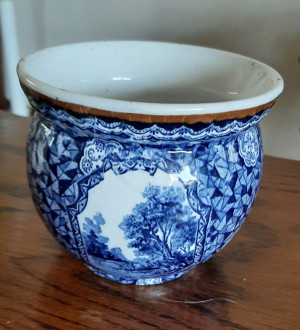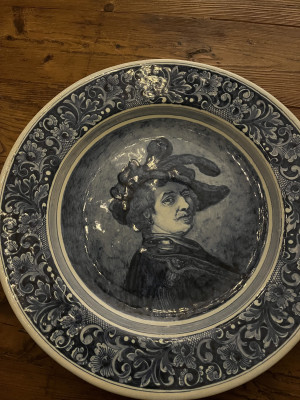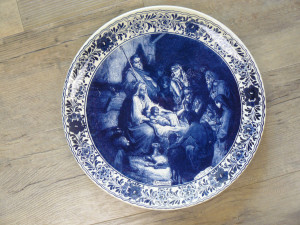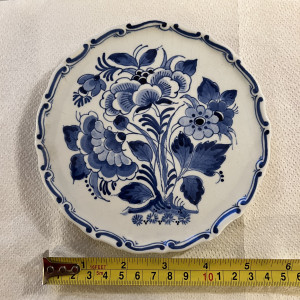E
Esther van der Hoorn
Editor
Esther van der Hoorn is sinds mei 2022 conservator toegepaste kunst bij Museum Prinsenhof Delft. Hiervoor deed zij bij de Rijksuniversiteit Groningen promotieonderzoek naar het werk van vroeg-zeventiende-eeuwse Nederlandse zilversmeden. Eerder was ze junior conservator toegepaste kunst bij het Rijksmuseum Amsterdam.
